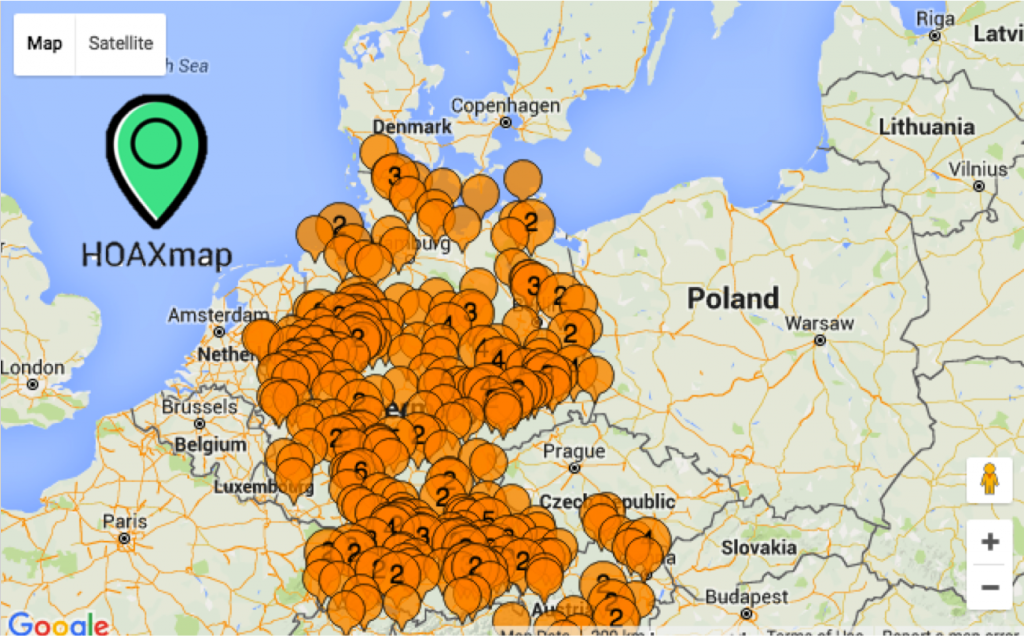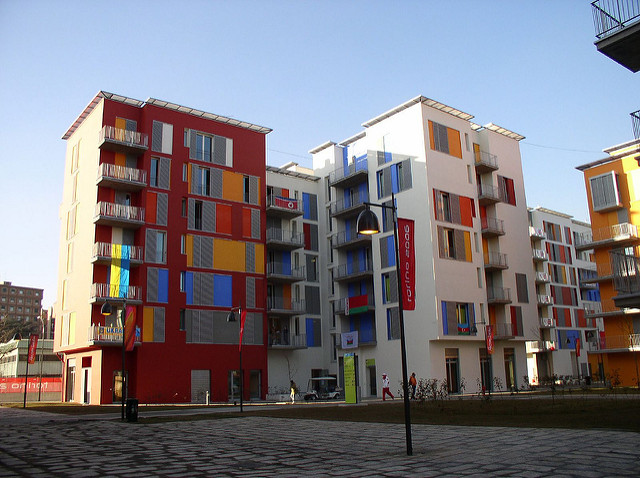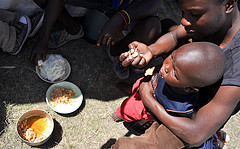
Over a million migrants and refugees entered Europe in 2015, leading many to dub this mass migration a “crisis.” Many are seeking asylum, especially those from countries experiencing considerable violence like Syria, Afghanistan, and Iraq. Many Europeans have reacted to the influx with fear, spreading stories that associate refugees and migrants with crime (something social scientists like to call “crimmigration”). In response, two German women created Hoaxmap to track and dispel rumors about refugees in Germany (a country that has been particularly welcoming to immigrants, per its Chancellor Angela Merkel’s directives). Of the 40 types of rumors tracked on Hoaxmap, most pertain to theft or sexual assault.
The discrepancy between documented and rumored crimes may reflect the way rumors spread and their connections to real events that people believe are plausible. Sociologist Gary Alan Fine, recently featured in an Atlantic article, agrees: “Once you have a plausible story then the criteria for information you need in order to believe [a new story] is much lower, because you would say ‘this is like what happened elsewhere.’” In fact, almost half of the rumors about sexual assault and rape associated with the contemporary immigrants cropped up in the two months following reported New Year’s Eve assaults on women in Cologne. Sociologist Mar Warr concurs that “even a small increase in apparent risk (like a locally reported rape or rapes) can generate substantial and widespread fear.” In reality, most crime in destination locations appears to have been directed at asylum seekers, rather than perpetrated by them.


